Like in any culture, there are no absolutes that apply to everyone. There are many Burundians who do drink coffee, but generally they are not the farmers who grow it. Whenever we ask coffee farmers if they’ve tasted their own coffee, the response is the same almost every time:
“NO, BUT I WOULD LIKE TO.”
Coffee trees grow almost everywhere in Burundi’s higher elevation ranges, but coffee beans are hard to find outside of niche markets in the capitol city. The coffee cherries are too valuable for most farmers to keep and dry for home consumption, so the coffee crop goes to a washing station where it can make cash on the kilogram. It’s a common daily ritual for farmers to drink a glass of fresh milk or a thermos of hot tea, but almost never coffee. This might be because when Burundi was a Belgian colony, Burundians were forced to grow at least 50 coffee trees but never had the opportunity to drink it.
Coffee arrived in Burundi with the Belgians in the 192o’s. Growing coffee wasn’t a choice for Burundians from 1933 until Belgian rule fell away in 1962. When it did, many farmers ripped out their coffee trees, choosing instead to plant subsistence crops like bananas or cassava. Those who kept their coffee trees did so with little enthusiasm for coffee itself, having seen very little compensation for their efforts under Belgian rule. War, political uprising, a monarchy, democracy, and global warming have followed in the decades since. It has only been since the early 2000’s that producing specialty coffee has become a focus in Burundi. With such a turbulent past, it’s no wonder that farmers have had little opportunity to taste their own coffee. We wanted to change that for a farming couple named Philippe and Sabine.
Philippe and Sabine live on a piece of land tucked underneath Gitwe hill, a stone’s throw away from Heza. They grow just shy of 500 coffee trees in between a sea of tea plants and banana trees on a piece of land inherited from Philippe’s father- a coffee farmer before them.
Have you ever tasted your coffee?
“Never.”
What do you think it tastes like?
“It must be nice, otherwise you wouldn’t ask us to keep growing it.”
How do you feel about learning how to make coffee today?
“Excited. When we have cherries again, we’ll be able to make it ourselves at home.”
How does it taste?
“It needs sugar.”
(after adding milk and sugar)
It’s so good! It’s delicious.
It was hard work brewing coffee with Philippe and Sabine in the hills where it’s grown. There are coffee farmers the world over who spend their days caring for this precious crop they might never get the chance to taste. It makes one realise that it’s a privilege to be able to buy, brew and drink coffee so easily in other parts of the world every day.
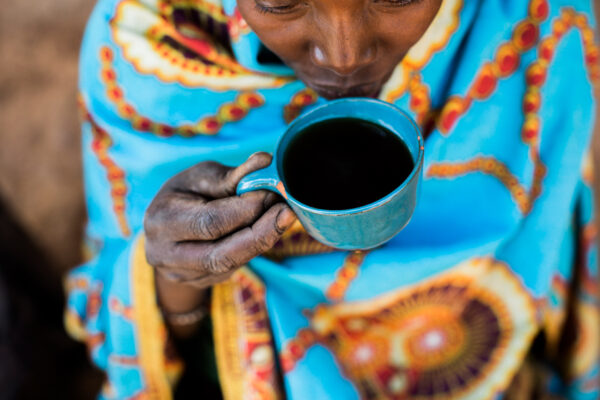
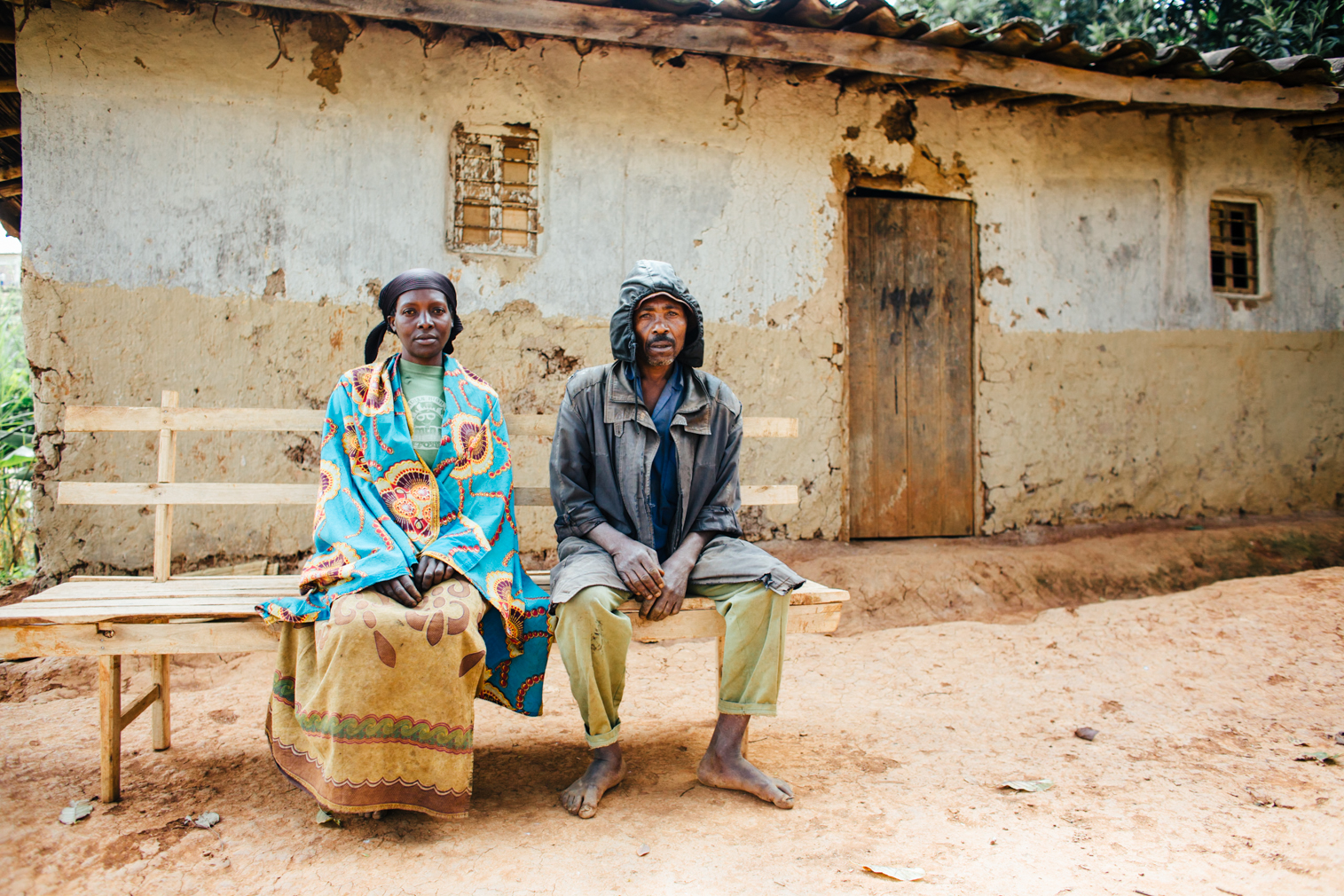
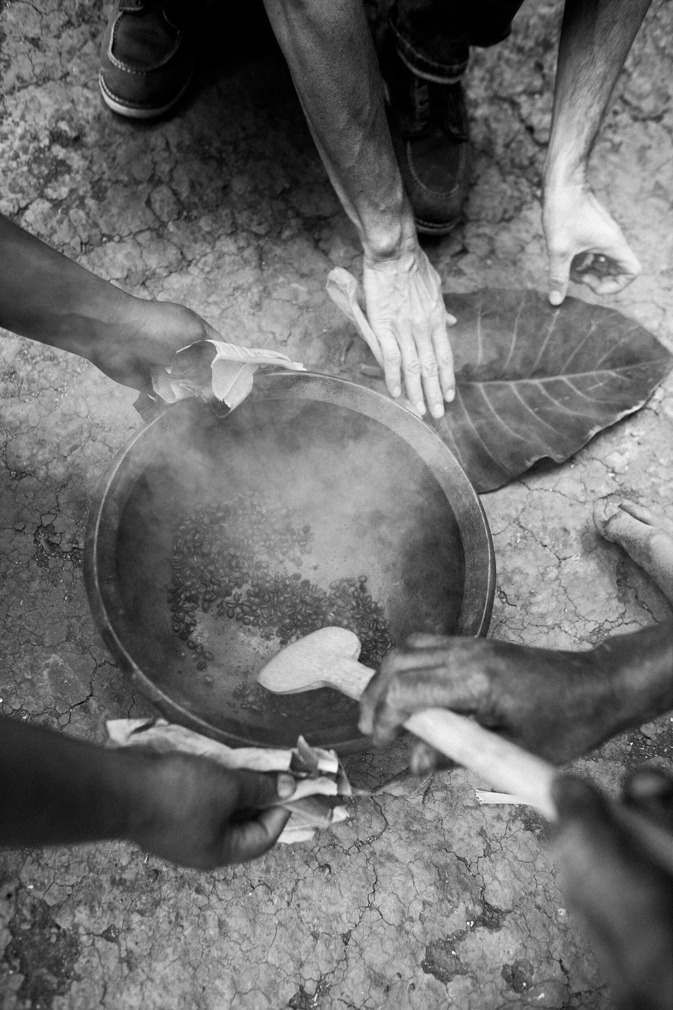
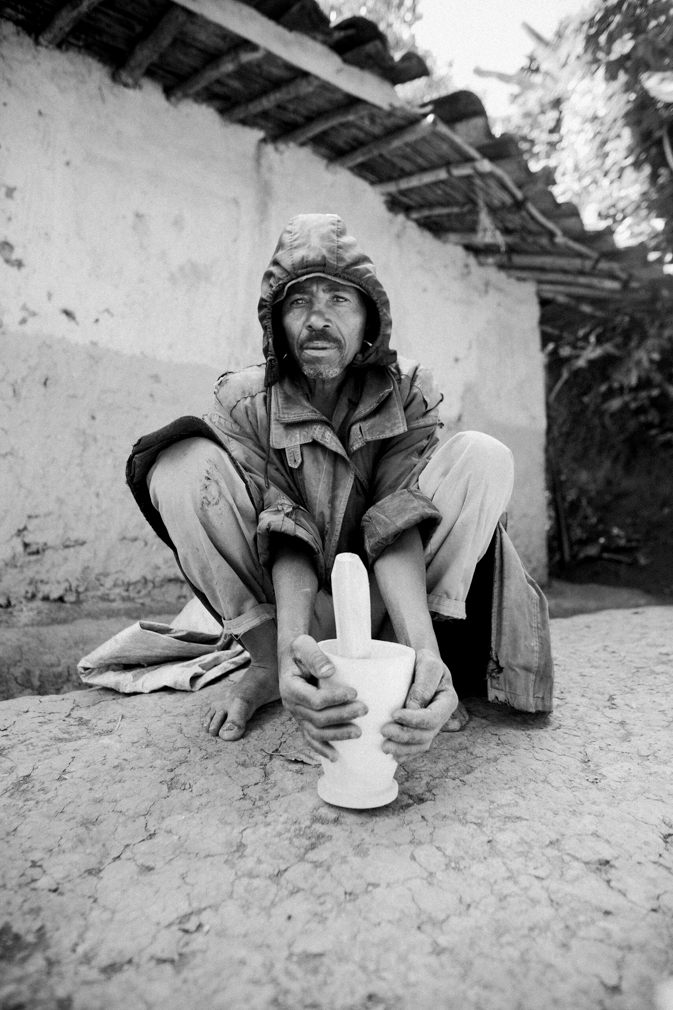
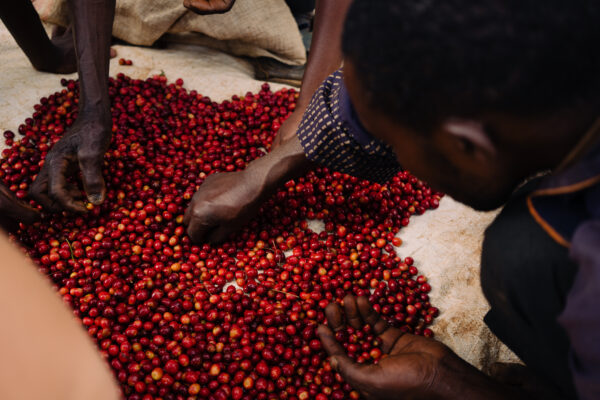

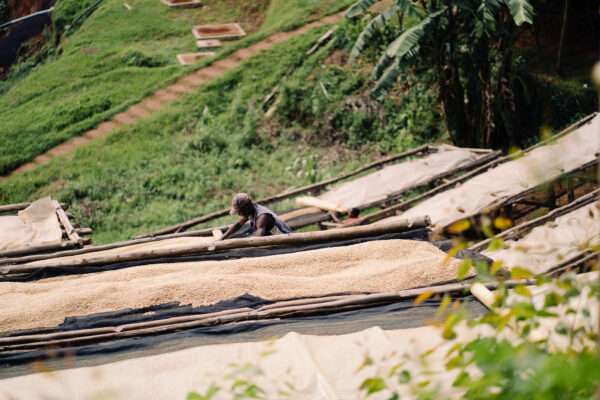



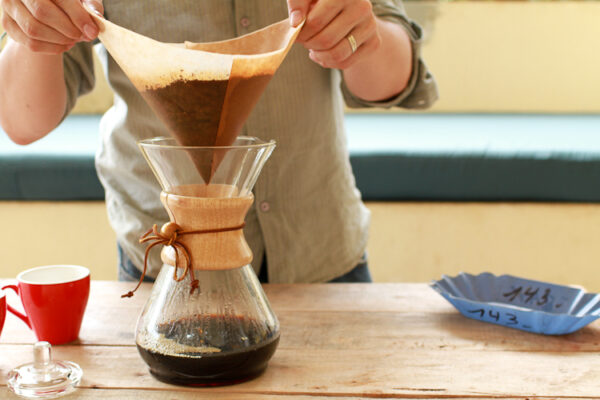

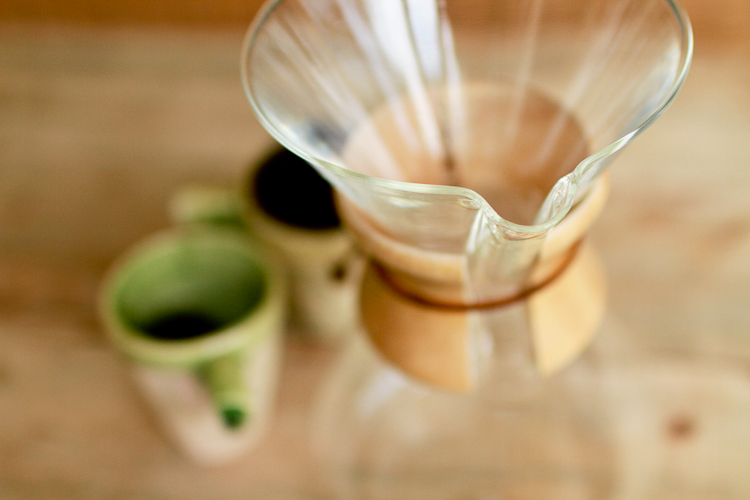 It’s a thing of beauty. So beautiful in fact, that over 70 years ago it was added to
It’s a thing of beauty. So beautiful in fact, that over 70 years ago it was added to 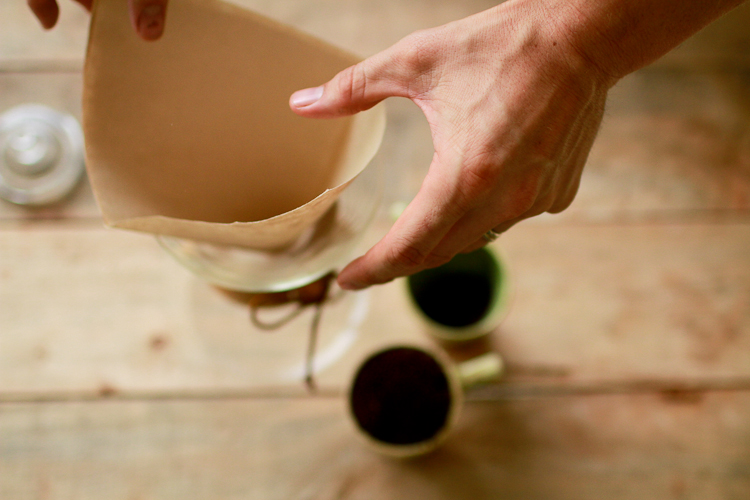 Place the filter in the Chemex with the doubled up portion of the filter in front of the spout.
Place the filter in the Chemex with the doubled up portion of the filter in front of the spout.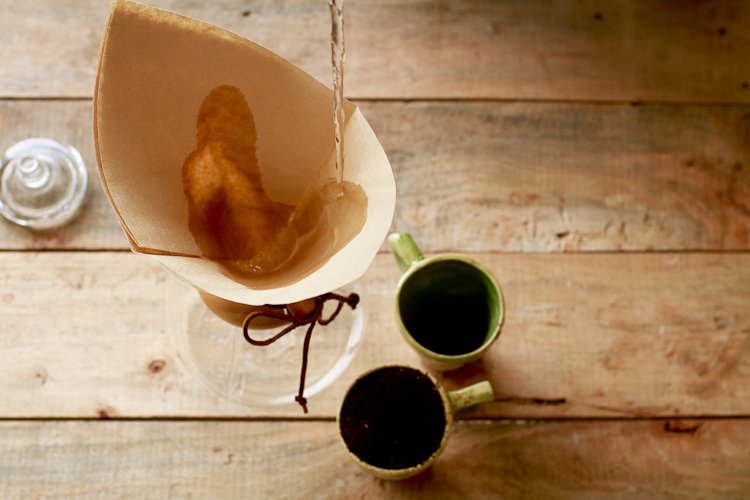 Pour the boiled water over the paper to rinse the filter. This not only rinses any flavor taints out of the filter, but will also serve to pre-heat your Chemex. We believe around 8 oz. of just boiled water will do the trick, but many believe you should rinse the filter with as much as 16 oz. of water or even an excessive 32 oz!
Pour the boiled water over the paper to rinse the filter. This not only rinses any flavor taints out of the filter, but will also serve to pre-heat your Chemex. We believe around 8 oz. of just boiled water will do the trick, but many believe you should rinse the filter with as much as 16 oz. of water or even an excessive 32 oz! Next is the most important step. Grind freshly roasted coffee. I use one 12g scoop for every cup of coffee I’m making. In this case I used 6 scoops of coffee for my 6 cup Chemex. If you don’t have a fancy plastic scoop, it’s about one heaping tablespoon of beans per cup. You can use pre-ground coffee, but you will loose so much of the magic that you might as well be making instant coffee. The grind should be set between a filter setting and a French press courseness.
Next is the most important step. Grind freshly roasted coffee. I use one 12g scoop for every cup of coffee I’m making. In this case I used 6 scoops of coffee for my 6 cup Chemex. If you don’t have a fancy plastic scoop, it’s about one heaping tablespoon of beans per cup. You can use pre-ground coffee, but you will loose so much of the magic that you might as well be making instant coffee. The grind should be set between a filter setting and a French press courseness. Empty the hot water from your pre-heated Chemex, place your wet filter back on the Chemex, and pour in the ground coffee.
Empty the hot water from your pre-heated Chemex, place your wet filter back on the Chemex, and pour in the ground coffee.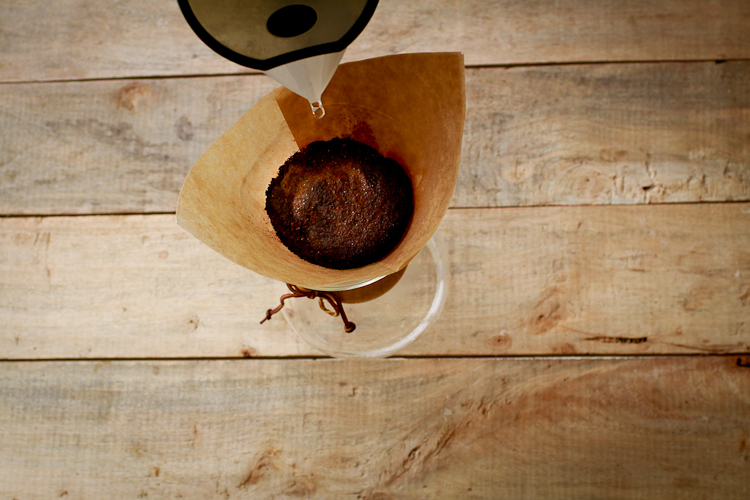 Now is time for what coffee geeks like to call “the bloom”.
Now is time for what coffee geeks like to call “the bloom”.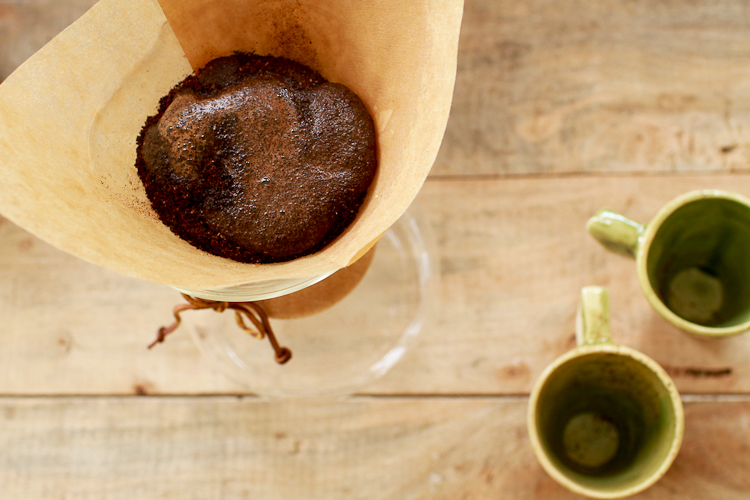 This wetting of the grounds helps in achieving a slow, even extraction… giving you the best possible flavors. The chemistry of the hot water reacting with the freshly roasted and ground coffee is beautiful. The coffee expands or “blooms,” bubbling on the surface. This bloom is bloomin’ gorgeous to see, and turns coffee making into an event to be shared.
This wetting of the grounds helps in achieving a slow, even extraction… giving you the best possible flavors. The chemistry of the hot water reacting with the freshly roasted and ground coffee is beautiful. The coffee expands or “blooms,” bubbling on the surface. This bloom is bloomin’ gorgeous to see, and turns coffee making into an event to be shared.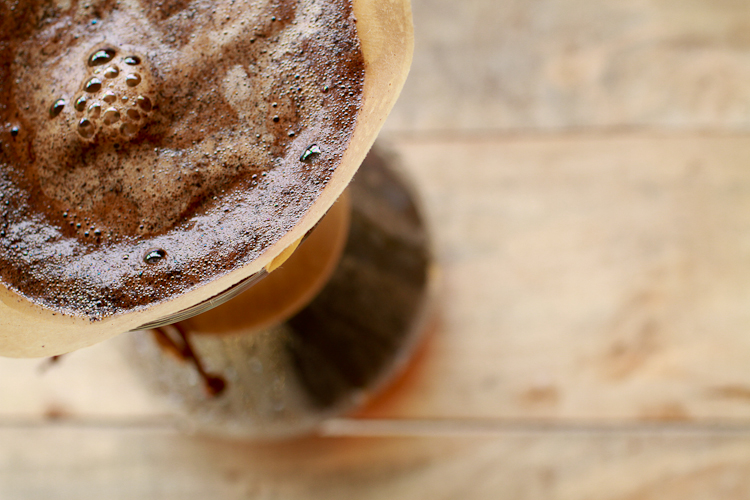 Thirty-five seconds after it blooms it’s ready to be brewed.
Thirty-five seconds after it blooms it’s ready to be brewed.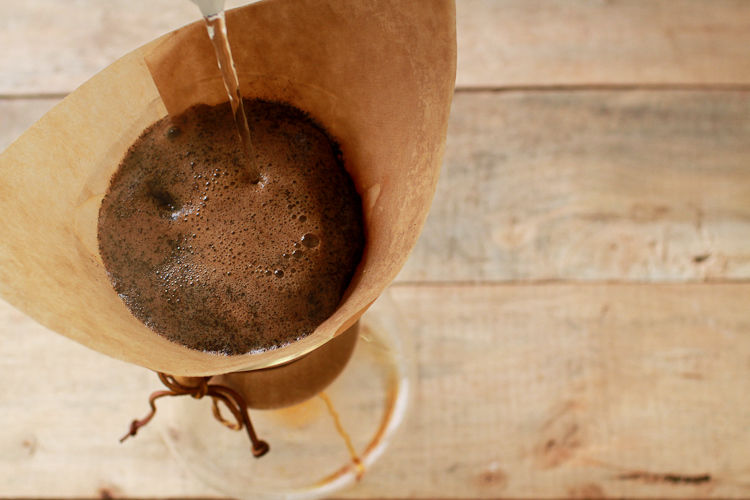 Slowly pour the water onto the grounds in a circular motion.
Slowly pour the water onto the grounds in a circular motion.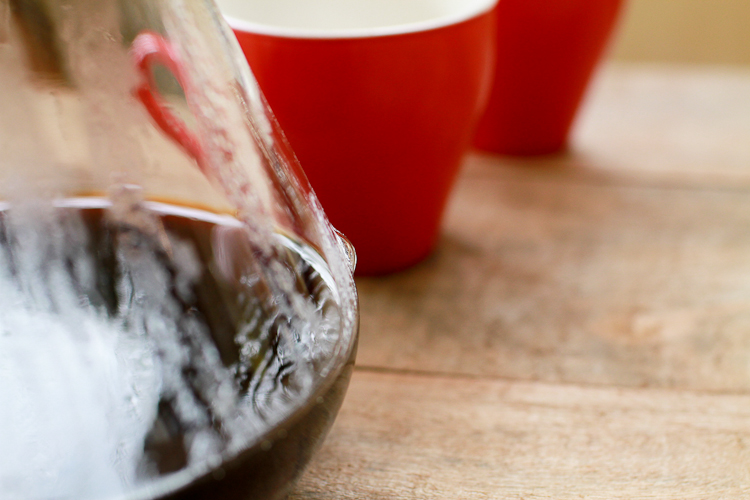 There is a slightly hidden “fill line” located on the Chemex. It is just a dimple in the glass located towards the bottom.
There is a slightly hidden “fill line” located on the Chemex. It is just a dimple in the glass located towards the bottom.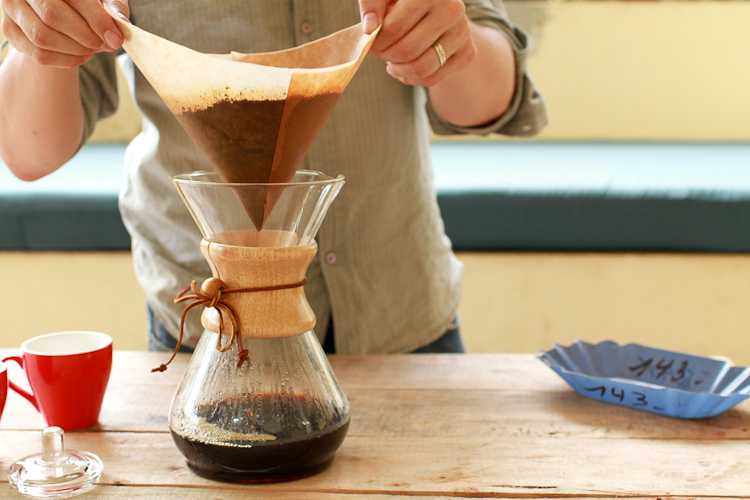 Remove the filter and pour coffee into your pre-heated cups.
Remove the filter and pour coffee into your pre-heated cups.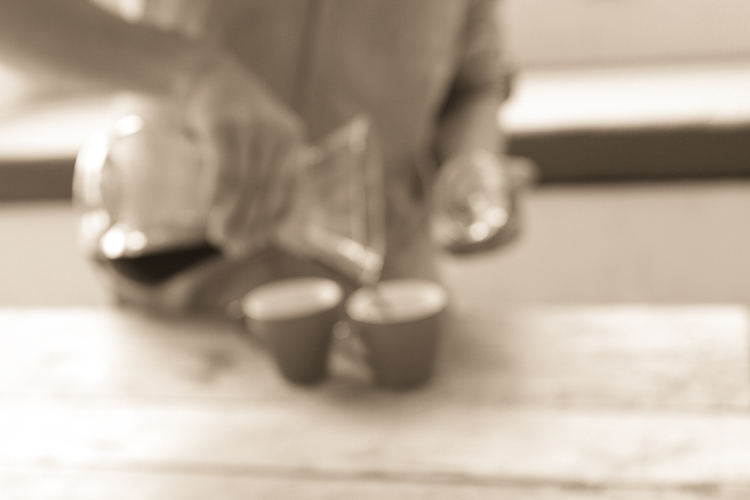
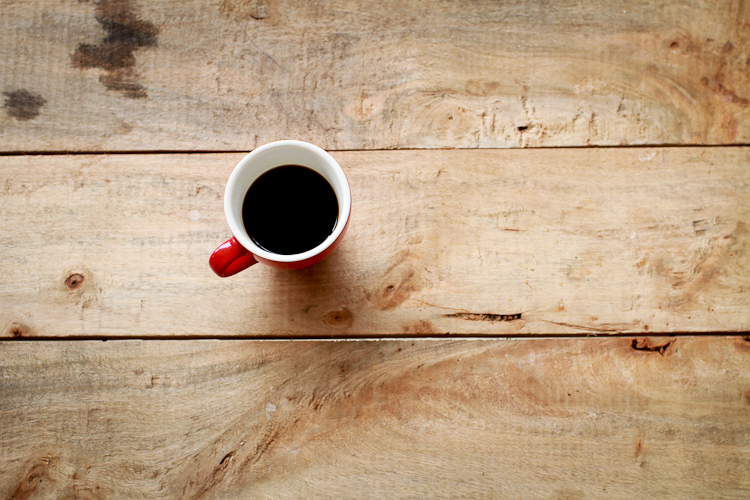
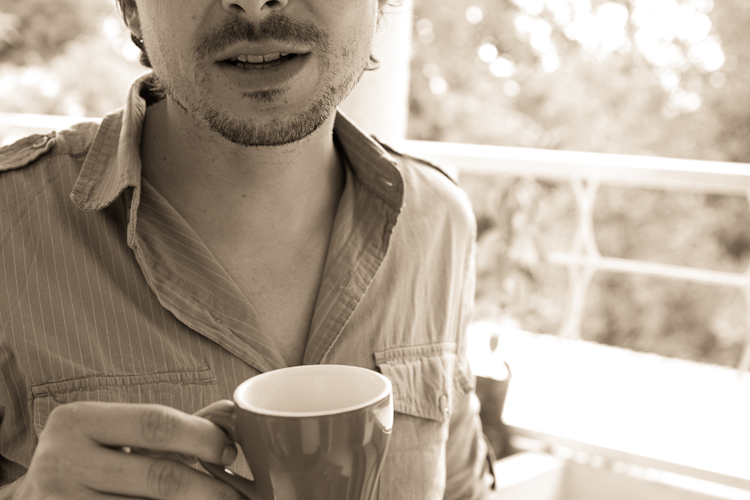

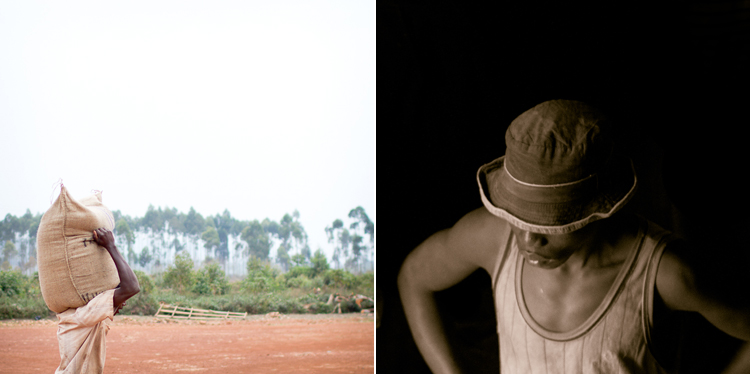 4:45 am. Neo wakes up and starts laughing, talking loudly, singing,etc.
4:45 am. Neo wakes up and starts laughing, talking loudly, singing,etc. We are here to make a difference. It won’t happen overnight, or in three months. Our vision is still the same. I just need to breathe, be patient, and realize that something bad or frustrating will happen today (yes, it will). But that frustration will not define us or our hope for this place.
We are here to make a difference. It won’t happen overnight, or in three months. Our vision is still the same. I just need to breathe, be patient, and realize that something bad or frustrating will happen today (yes, it will). But that frustration will not define us or our hope for this place.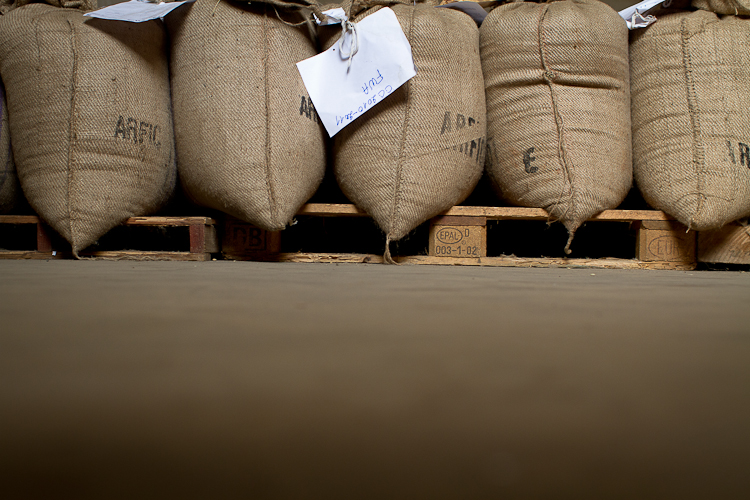 This morning I am sipping a double espresso from Gatare, a washing station in the Kayanza district of Burundi that is producing amazing coffee. All this coffee sipping got me thinking about you. I starting thinking… What are YOU drinking?
This morning I am sipping a double espresso from Gatare, a washing station in the Kayanza district of Burundi that is producing amazing coffee. All this coffee sipping got me thinking about you. I starting thinking… What are YOU drinking?